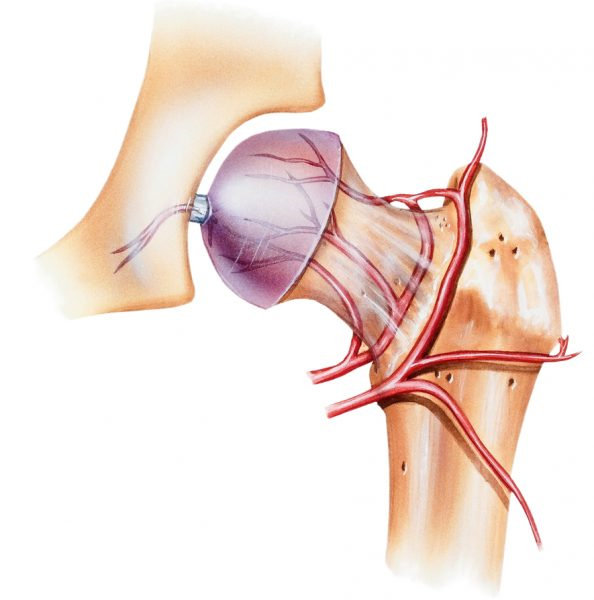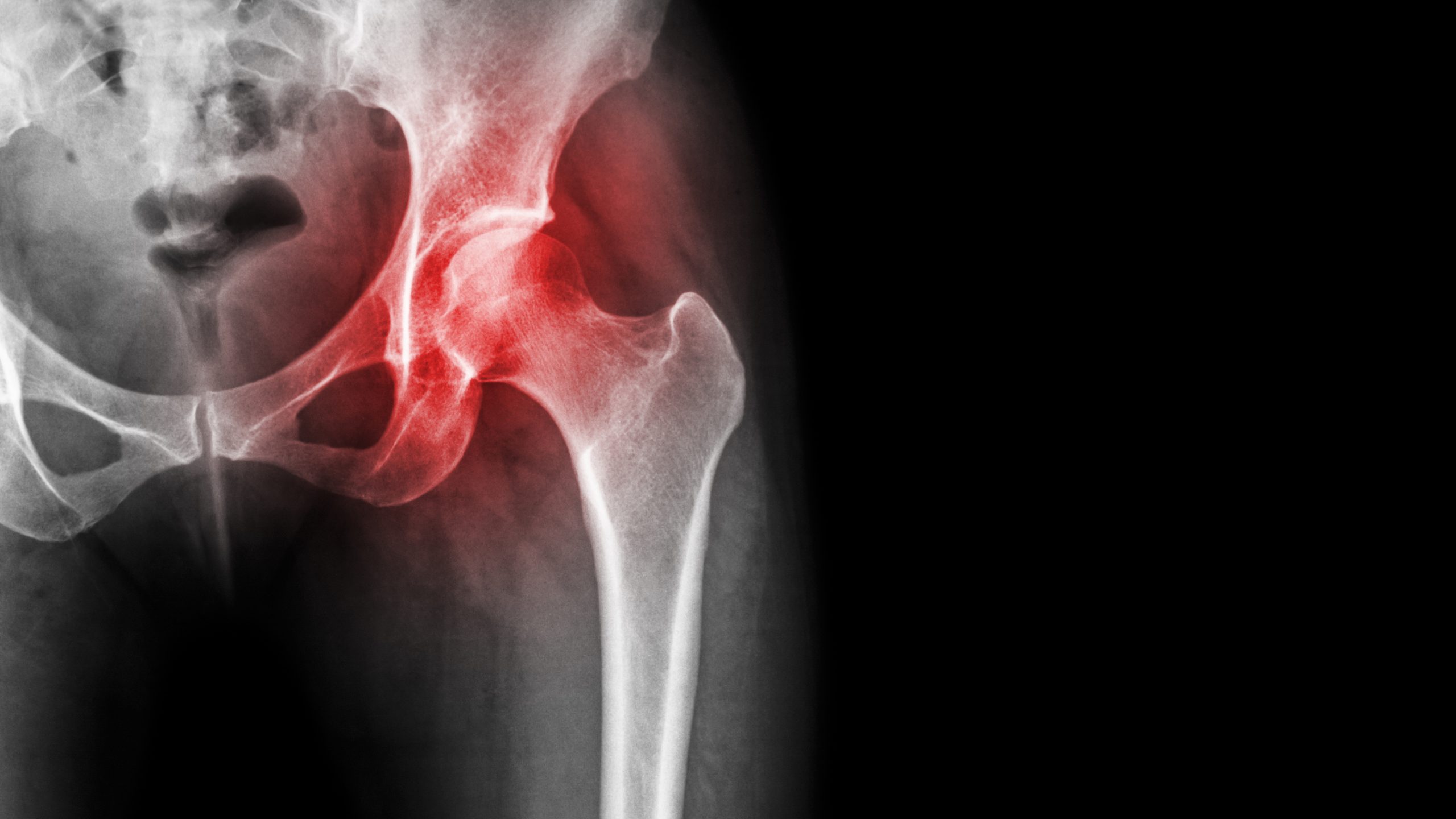What is avascular necrosis (AVN) of the hip?
“Avascular” means no blood supply, “Necrosis” means death. So essentially, this condition means that the femoral head of the hip joint “died” and collapsed due to the lack of blood supply. It is one of the most common causes of hip arthritis.
There are multiple causes of AVN of the hip. The commonest being injuries to the hip joint (fracture of the hip region), excessive alcohol intake or excessive use of steroids (steroids are very effective treatment of multiple conditions such as Asthma, rheumatoid arthritis, but the prolonged use of steroids will significantly increase of the risk of AVN of the hip). There are also multiple other causes associated with AVN of the hip, such as sickle cell anaemia, deep sea diving, although their exact mechanism is not fully understood yet.
Symptoms of avascular necrosis of the hip
The symptoms vary depending on the stage of the condition. It can be present as mild aches initially, then progressive stiffness, severe pain, limb shortening and abnormal gait. The stiffness can be quite disabling, limiting you from doing the most basic daily activities such as cutting your own toenails, tying shoelaces, wearing trousers while standing up, getting in and out of a car and even having sex. You will also walk with a swaying posture. The discomfort and pain are usually felt in the groin region, contrary to the usual perception that hip pain is felt in the buttock region.
Assessment of avascular necrosis of the hip
The orthopaedic surgeon will go through your medical history thoroughly, together with X rays, MRI scan and physical examinations, to fully evaluate the cause of the hip pain and the stage of the disease, as well as to exclude any other causes of hip pain such as referred pain from the spine.
What are the treatment options?
Treatment options will depend on the stage of the disease.
Non-operative treatments have very limited roles in reversing the disease, but they can provide some relief of symptoms:
- Anti-inflammatory drugs, muscle strengthening and lifestyle modification
- Anti-inflammatory medication injection (H&L)
Oral bisphosphonates (there are some experimental success in slowing down the progress of the disease, but results are very variable)
Surgical treatments:
- Femoral head salvage procedures for the pre-collapsed stage, such as core decompression and structural support (if the femoral head is still intact with no fractures)
- Total hip replacement (if the femoral head has collapsed and fractured)


